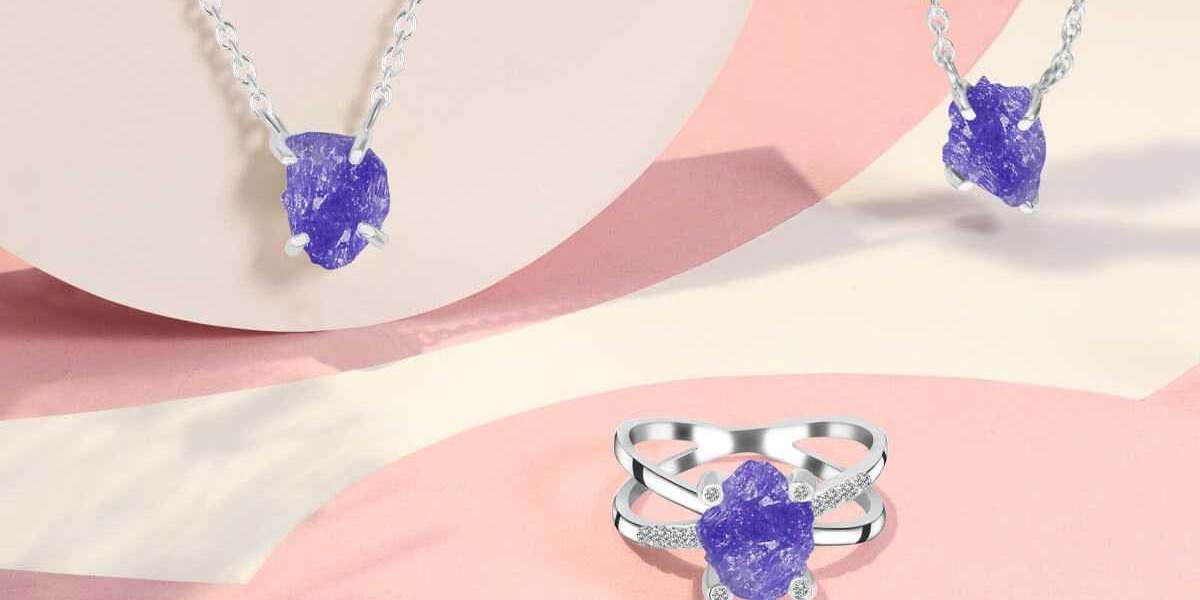Audio plays a hugely important role in film. While we often focus on the visual elements like cinematography, editing, and lighting, sound design is just as impactful in setting the tone, mood, and immersing the audience in the story. In this blog, we will explore the art of sound design and how audio technology is used creatively in films to enhance the viewing experience.
The History of Sound in Film
One of the earliest experiments with sound in film came from filmmaker Georges Méliès in 1896, who used a phonograph to record sound that was synchronized with the visuals. However, it wasn't until the late 1920s that sound truly came to cinema. In 1927, Warner Bros. released The Jazz Singer - considered the first feature-length movie with synchronized speech. This breakthrough established the dominance of "talkies" and entirely changed the film industry.
Over the following decades, technology advanced to include multi-track recording, Foley art, and ADR (automated dialogue replacement). Studio teams experimented with new techniques to create realistic atmospheric sounds and effects. By the 1970s, Dolby Stereo brought enhanced sound quality to theaters. This historical context set the stage for sound design to emerge as a full-fledged film craft.
The Role of the Sound Designer
A sound designer is the mastermind who helps craft and mix all the audio elements in a film. They work closely with the director to implement the intended aural style and support the storytelling. Some key responsibilities of a sound designer include:
Recording production audio on set and additional Foley/ADR in post-production studios.
Designing sound effects and choosing appropriate stock library sounds.
Editing and mixing all audio elements into a cohesive soundtrack.
Ensuring clear dialogue while effectively layering ambient noise, music, and effects.
Considering how sounds will translate and impact audiences in theaters versus smaller screens.
Often collaborating with composers to seamlessly integrate score and sound design.
It's a highly detailed, creative role that significantly shapes the audio landscape and emotional resonance of any film. An accomplished sound designer is truly an artist.
Subheading: Foley and Atmosphere
Much of the texture and realism in any film's soundtrack comes from meticulously crafted Foley effects and ambient sound design. Foley art involves reproducing everyday sound effects like footsteps, clothes rustling, and impacts in a post-production studio. An entire arsenal of props and materials are used to capture these subtle audio cues.
Meanwhile, designing a setting's overall sonic atmosphere and mood through ambient tracks is just as important. A sound designer may layer in environmental elements like traffic, wind, crowds, insects, and more to fully situate the audience. Together, Foley and atmosphere sounds bring worlds to life in a remarkably immersive fashion.
Subheading: Sound Effects and Editing
Probably the flashiest aspect of a sound designer's job is crafting unique special effects. These can range from realistic impacts and textures to wholly fantastical alien sounds or special powers. Designing something entirely new and creative for a visual is no simple task.
Effect editing also requires precision timing and placement in the mix. Visual elements must cue or sync up with audio hits so events feel real. Transitions between effects need smoothing as well. All elements further fuse sight and sound into a seamless sensory experience.
Subheading: Technology and Innovation
Naturally, audio technology keeps advancing to offer sound designers potent new tools. Modern DAWs (digital audio workstations) provide layers of mixing and mastering control. Hardware like Pro Tools and Cubase provide finely tuned digital editing.
Spatial audio formats continue expanding immersion too - from early surround sound to object-based 3D technologies. Dolby Atmos is becomingstandard for creating moving, overhead audio that follows on-screen action. Virtual and augmented realities also spur novel ways of manipulating soundscapes.
Forward-thinking sound designers drive innovation by creatively utilizing new audio tech. Their experimentation helps push artistic boundaries and elevates audiences' relationship with cinema. The field remains one of constant reinvention and possibilities as technologies evolve.
Mixing and Theater Experience
Of course, it all comes together in the mixing process. Here, the sound designer works to balance all elements into a seamless, multidimensional sound field. They precisely place cues, dialogue, and ambient noise within the mix in service of the story. The final master is then calibrated for optimal playback in commercial theaters.
A film's audio experience is arguably most impactful on the big screen - where bass-heavy LFE channels and overhead arrays can fully wrap audiences in cinematic grandeur. It's the sound designer's intent come to life through theater acoustics and high-caliber audio systems. Their work truly shines in that optimal theatrical environment.
Conclusion
While visuals may draw audiences in initially, sound design plays the unsung role of keeping them raptly engaged throughout any film. Through meticulous Foley artistry, atmospheric textures, dynamic effects work, technological innovation and masterful mixing - accomplished sound designers craft entire 3D soundscapes that heighten realism and deepen emotional resonance. They are true audio architects helping shape movies into fully immersive sensory journeys. The art of cinematic sound design continues evolving this impactful medium in profound new directions.
Read Related:- https://vhearts.net/post/523379_green-tech-in-the-audio-visual-industry-sustainability-matters-introduction-the.html








